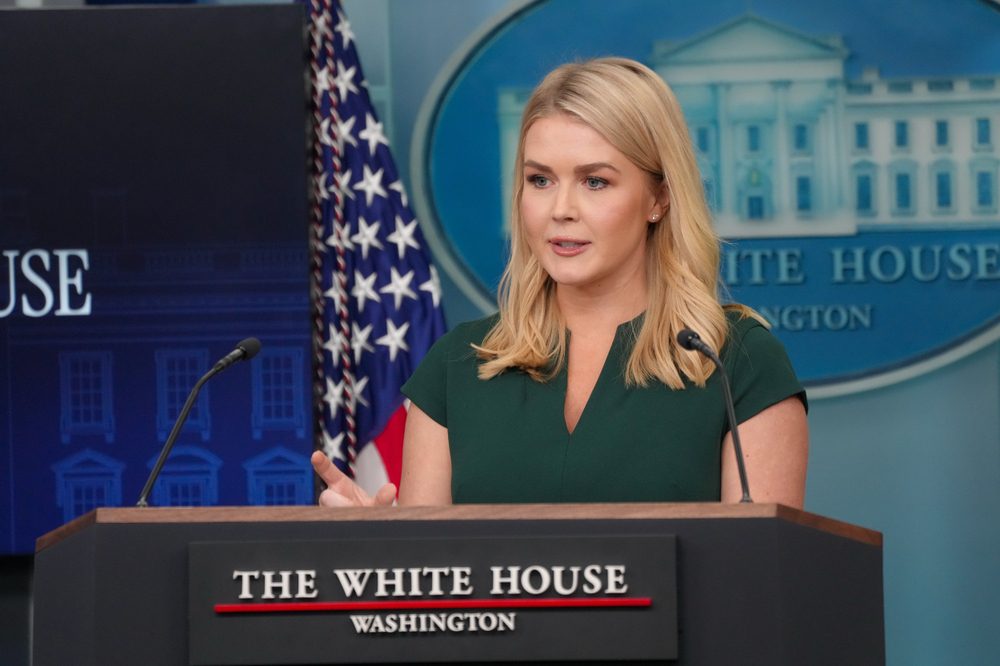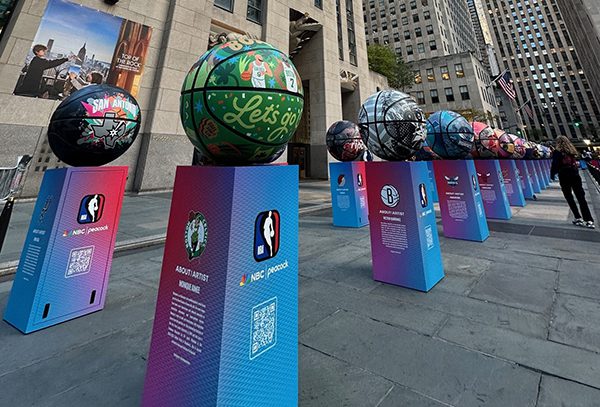There’s nothing quite like sampling day at the supermarket. Placed strategically throughout the store are tables presided over by demonstrators handing out samples of new, improved, and free products.
For the marketer, however, being part of the action comes at a price. A customized in-store demonstration costs between $120 and $200. The exact cost will be determined by the complexity of the program, varied cost of labor, retailer access fees, kit charges, training costs, shipping, coupons, premiums, and the retailer’s cost of purchasing the product.
Multiply even the low-end by 4,000 or more stores, and it becomes obvious that giving shoppers free stuff can take a big bite out of the promotion budget. And today’s sluggish economy has everyone questioning expenses, trimming budgets, and eliminating programs.
But conventional payout calculations that focus only on the number of units moved on sampling day understate the overall volume that sampling generates and inflate the cost per unit moved.
If in-store sampling is already on your hit list because you think it is too expensive or does not pay out, a stay of execution may be in order. The total short-term payoffs of in-store promotion, as well as its long-term brand-building abilities, are surprisingly good.
Sampling can generate volume in five ways, most of which don’t occur on sampling day. Here’s a look at each one and what they can do for a brand:
Display Volume
A marketer’s sales team can leverage a planned sampling program for a special display the week following an in-store demo. The on-site demonstrator can even help ensure that the display is executed. (Part of a demonstrator’s job is to ensure that product in the back room is shelved.)
“Word of mouth following a sampling can bring shoppers into the store looking for the product. An end-aisle display helps them find it easily and quickly,” says Phil Morabito, a marketing professor at the University of Houston.
This summer, Morabito consulted for Edinburg, TX-based J&D Produce on the launch of “maroon-colored” carrots in the local marketplace, and recommended in-store sampling to counter consumer reluctance to the color (created by adding extra beta-carotene, which also gives it a sweeter, crunchier taste).
Displays can yield a sales lift as high as 300 percent. So if a store sells 20 units per week prior to the sampling, it’s not unreasonable to expect 60 units to be sold the week after the event, generating 40 incremental units.
Product Force-Out
While working at Kraft Foods, Russ Bowman of Westfield Marketing conducted a number of sampling programs. He recalls that retailers typically supported the promotion by ordering extra product because they knew it would move.
“It does get the retailer to ‘force out’ product,” says Bowman, president of the Greenwich, CT-based agency.
Here’s how measurement works. Say there’s an additional 10 cases, or 120 units, in the store. They will be pushed by the retailer to make room for new inventory. If only 25 percent of the additional units are moved, product force-out results in the sale of 30 incremental units.
Non-Sampled SKU Velocity
If the sampled product is part of a themed line, like calorie-controlled entrées, the related non-sampled products should also move. For example, if consumers liked the Sweet and Sour Chicken they sampled, chances are they’ll buy some Cajun Chicken or other varieties, too.
“A good experience with the first product in a line will get shoppers to start trying the others,” says Bowman.
Although there aren’t any statistics available on the movement of non-sampled SKUs, there’s enough anecdotal evidence to substantiate added volume — it’s similar to the “halo” effect of advertising on non-advertised brands. So, for the sake of argument, assume 30 units moved due to increased line velocity following the sampling event.
New Customer Value
“Of all sales promotion techniques, sampling has the higher potential for creating residual market value,” says Don Schultz, professor of integrated marketing communications at Northwestern University, in his book, Sales Promotion Essentials.
| Cost | Units Moved | |
|---|---|---|
| Product sales on sampling day | $160 | 75 |
| Display | $0 | 40 |
| Product force-out | $0 | 30 |
| Non-sampled SKU velocity | $0 | 30 |
| Lifetime value | $0 | 60 |
| Total | $160 | 235 |
| Cost per unit moved: $160/235 = $0.68 | ||
Market activity substantiates his belief. Promotion Decisions, a Cincinnati-based company that conducts behavioral research on consumer purchases, has studied the lifetime value of sampling. Using data from frequent-shopper programs, the company’s research has quantified the value of sampling in bringing new customers into a brand franchise.
“If you just looked at the day of sampling, the financial conclusion is, ‘Never sample.’ It’s that longer-term, repeat purchase that you are looking for. Without that, it makes no business sense,” explains Promotion Decisions president Steve Kingsbury.
Using calculations from Promotion Decisions, start with 75 units sold on sampling day. Assuming a 40-percent repeat purchase — which is a benchmark number from forecasting models — there will be 30 repeat buyers. If purchase frequency is three times annually, each buyer will make two additional purchases, and 60 additional units will be moved over the course of a year.
Sampling Day Sales
The formulas for determining movement on sampling day are simple. Divide your cost per store (assumed to be $160 for this example) by units moved per store (75) to obtain a cost per unit moved of $2.13. The conversion rate is determined by dividing the number of samples distributed (assume 300) by the units sold (75), resulting in a sampling-to-trial conversion rate of 25 percent — which is considered standard.
But these measurements are incomplete, because all volume sources have not been taken into account.
To get a complete picture, add up all of the aforementioned units moved: 75 on sampling day, 40 from display generation, 30 due to force-out, 30 from increased line velocity, and 60 from new-customer generation. Thus, the program’s total potential number of units moved is 235, not 75. And the cost per unit moved is a very attractive 68 cents.
There’s one final thing to account for. It is critical to insure that enough product is in the store for sampling and for sale. There’s nothing worse than announcing a sampling event and not having product on hand to distribute, or losing future sales by running out of stock soon after the event. (OK, there is one thing worse: the demonstrator not showing up.)
To optimize payback and volume movement, it also is critical to use a sampling company that employs a series of safeguards for better communication among the retailer, the demo company, and store managers.
Sara Owens spent more than a decade at Kraft Foods and ConAgra Frozen Foods, and is currently an industry consultant.



